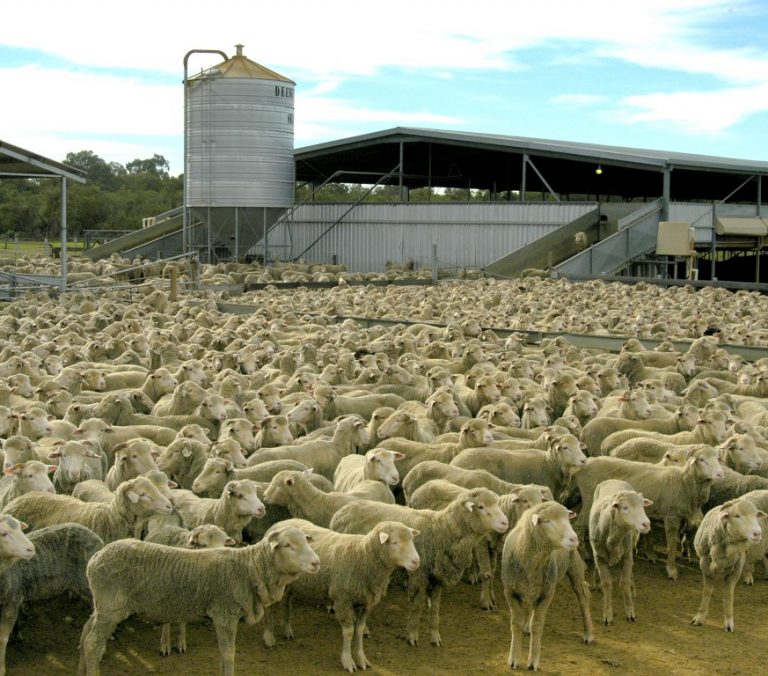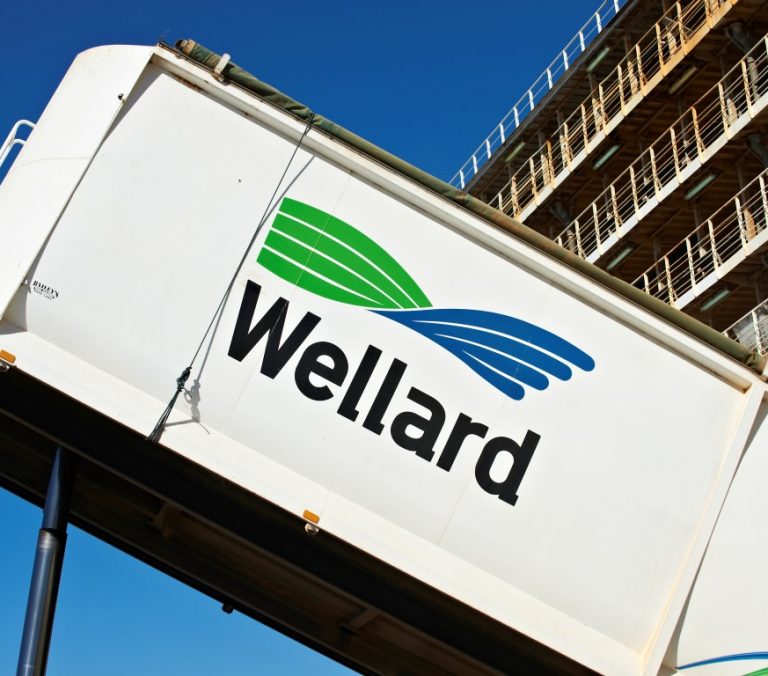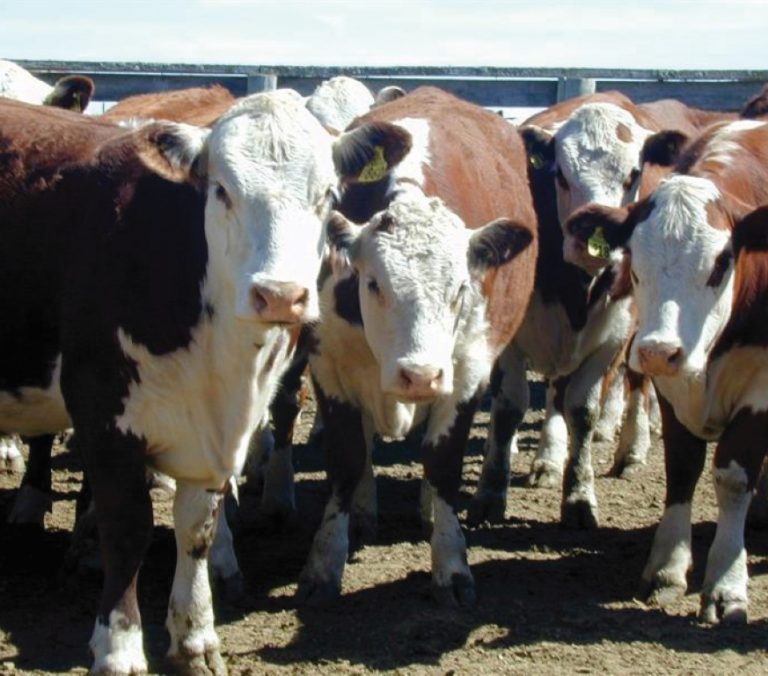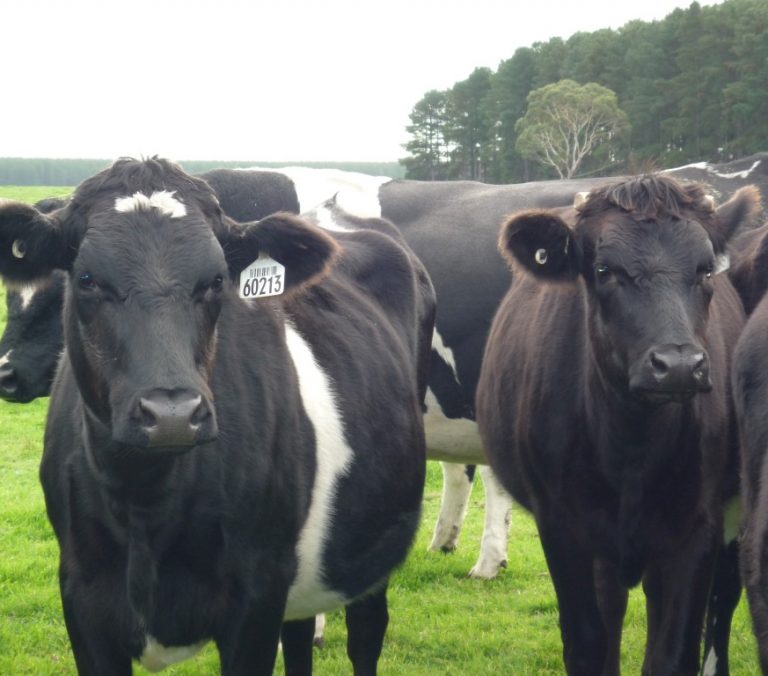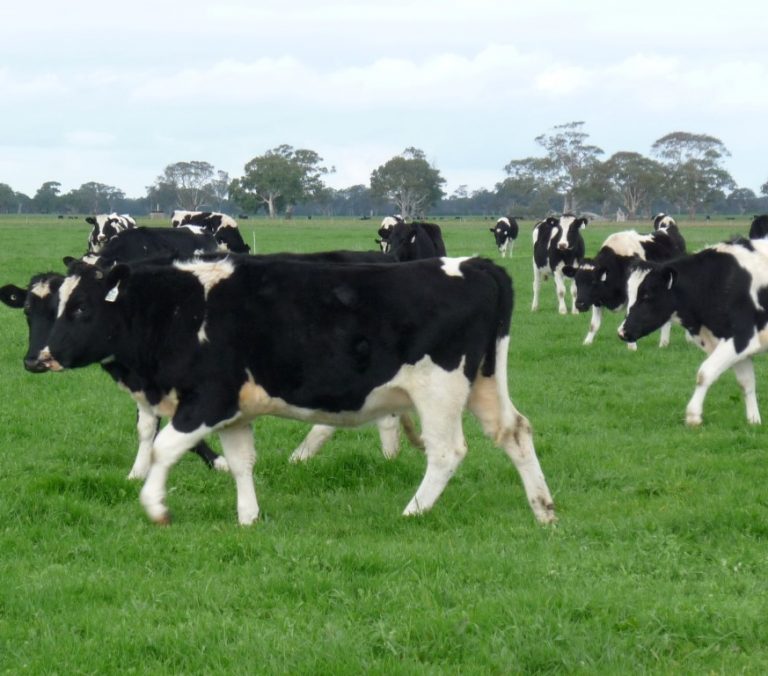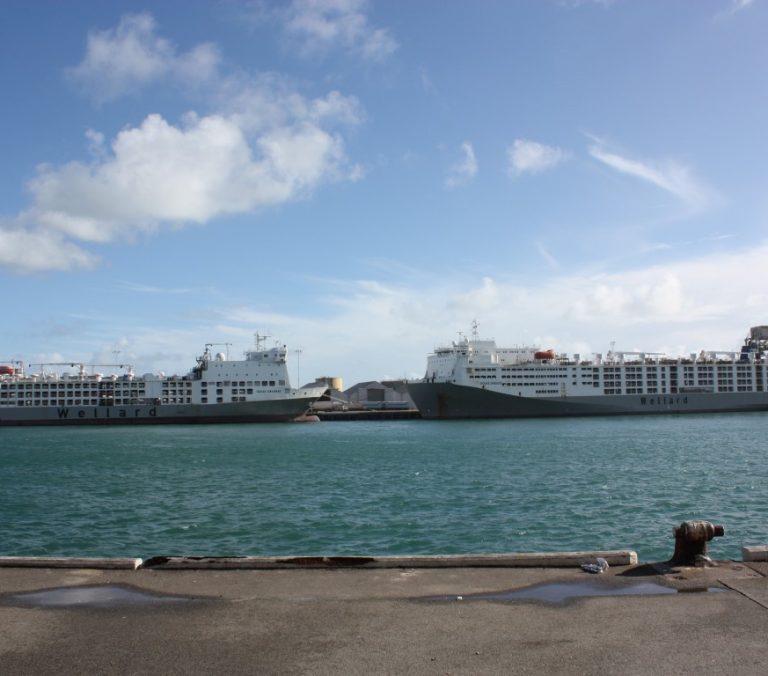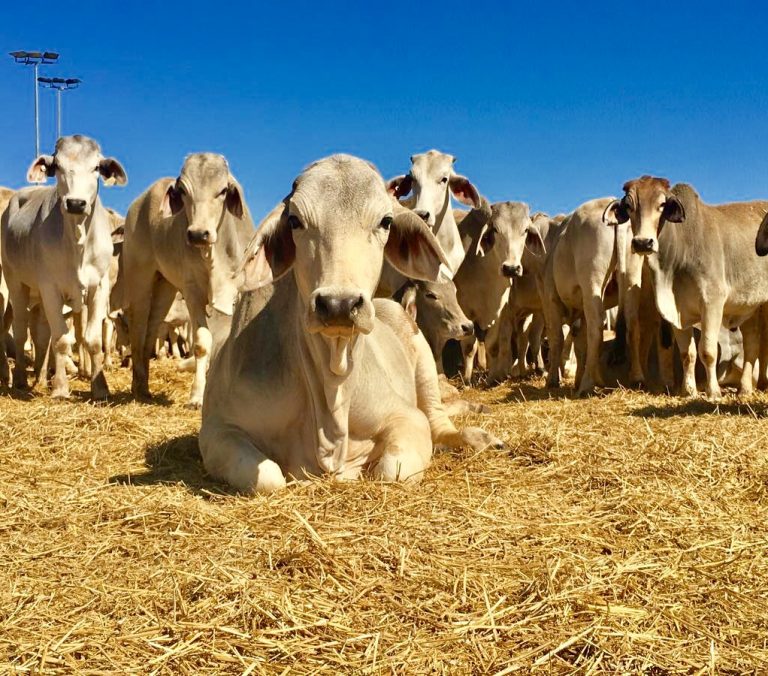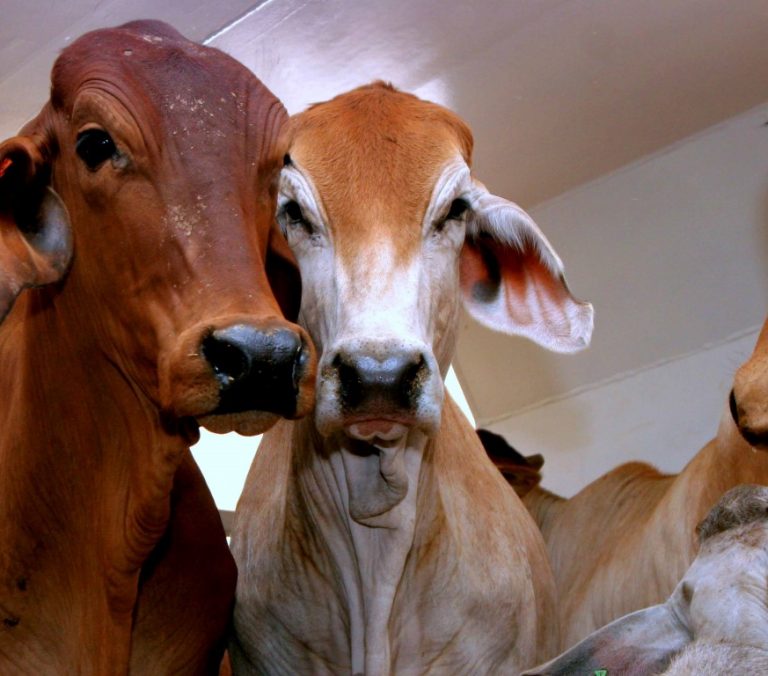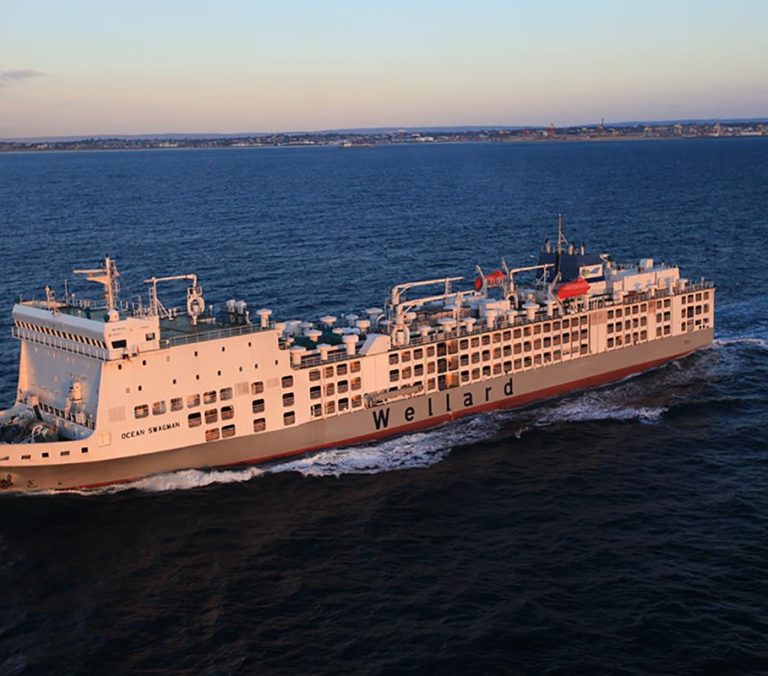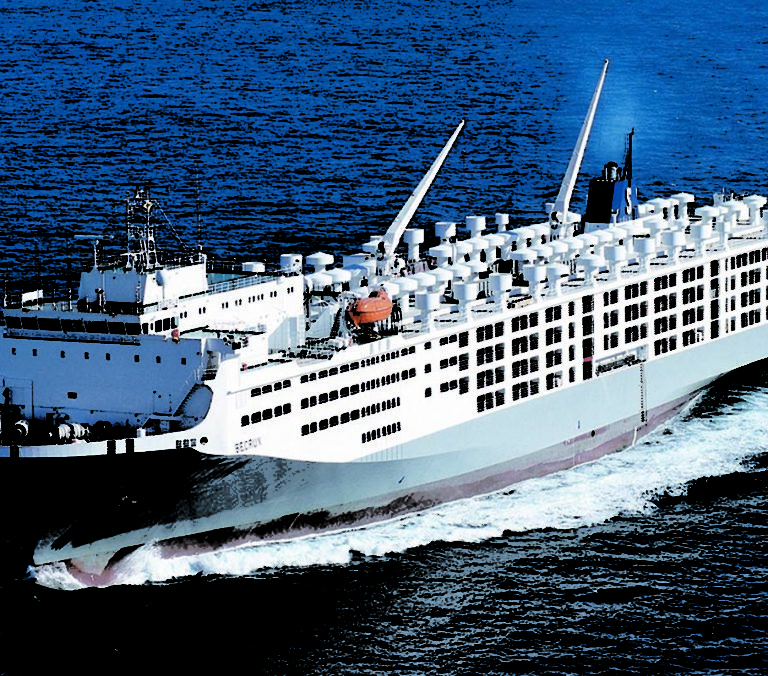ASX Announcement
Welcome
I would like to welcome shareholders to the 2019 Wellard AGM, my second as Executive Chairman of the Company.
As with last year, I will provide a brief chairman’s address before providing more detailed information about the operations and finances of the Company in my executive capacity, alongside the Company’s Chief Financial Officer John Stevenson.
Recap of FY 2019
Looking back on Wellard’s FY2019 results, and it was a tale of two halves.
When I stood here in November 2018 Wellard was on track to – and ultimately did – record the first half year profit in the Company’s history, aided by strong shipping utilisation and a healthy trading environment.
But fortunes changed for the Company on Christmas Eve 2018, when, for domestic and political reasons, the Turkish Government closed its borders to live cattle imports.
For the previous six months one of our two long haul vessels, the MV Ocean Shearer, had been chartered to undertake back to back voyages from South America to Turkey. As a result of the decision by Turkey to suspend exports, that vessel spent the next eight months without a charter.
The Turkish live cattle closure plus the decrease in sheep shipments from Australia led to an oversupply of livestock shipping capacity, impacting utilisation of our other large long-haul vessel, the MV Ocean Drover, and driving down charter rates.
Vessel utilisation has a significant impact on our financial results, so the non-utilisation of the Shearer and the under-utilisation of the Drover, combined with some other issues such as impairing the carrying values of our vessels, caused Wellard to record a net loss after tax of $48.4 million for FY2019.
This was clearly a disappointing result, particularly after our strong first six months.
As I noted in our annual report, and without seeking to downplay the overall profit result, there were some promising signs contained within the Company’s FY2019 results.
Our EBITDA increased by more than $2.0 million to $12.0 million (FY2018: $9.8 million), and we converted that EBITDA into $29.8 million of operating cashflow compared to last year’s EBITDA of $9.8 million converting into $7.7 million of operating cashflow.
We stripped another $2.2 million from our continuing operational and administration expenses, and expect further reductions in FY2020.
In the 2019 financial year the Company’s balance sheet received considerable management attention.
Clearly, the Company’s debt levels were too high. The quantum and short-term variability in our earnings simply could not support the longer-term debt levels and their servicing requirements, particularly when there were trade interruptions. The debt repayment profile – in particular the repayments to noteholders and two balloon repayments that were due on the MV Ocean Drover and MV Ocean Ute in the first half of FY2020 – a total of approximately $50 million – needed to be successfully resolved to continue operating.
At our 2018 AGM I spoke about the planned monetisation of non-core assets.
In the past 12 months we have:
- completed the sale of those non-core assets such as the Beaufort River Meats abattoir, our Feed Mill, our Feed Lots , our Victorian Pre-Export Quarantine facility, and our planned development in China;
- sold the MV Ocean Swagman with a three-year bareboat charter leaseback with the potential to extend; and
- extended the balloon repayments on the Ocean Drover and Ocean Ute for two years to December 2021.
So, we have achieved what was required under difficult market conditions. Total liabilities reduced from $194 million on 30 June 2018 to $143 million by 30 June 2019, and we are working hard to reduce this debt burden even further.
There is always more to be done. Debt reduction will continue to be a core focus of the business so that Wellard emerges from this restructure with a sustainable financial foundation.
Outlook
Looking forward into FY2020 – the first 5 months of the current financial year have certainly been a vast improvement on the first 5 months of the 2019 calendar year.
Three out of four vessels have been fully utilised since 1 July, and the Ocean Shearer has just completed its second voyage to Turkey since that market resumed trading.
Whether those utilisation levels will continue is uncertain as the market is reluctant to buy forward with expectations of sufficient supply being available. In an environment focussed on delivering low risk positive animal welfare outcomes, together with regulatory improvements in Australian shipping standards, the Wellard fleet is well placed to capitalise on demand improvements.
It is our view that export sheep and cattle prices in Australia are close to being ‘fully priced’ in that if they go too much higher, then livestock importers and exporters of Australian livestock will struggle to compete with competing supply and proteins, which will impact on the vessel charter market.
Forward focus
Wellard is now exclusively a chartering company. The last animal that boarded one of our vessels with Wellard as the licensed exporter was in June 2019.
Our focus is therefore on making sure that we are as lean as possible so that Wellard vessels are cost-effective in the chartering market, a market which already recognises the strong performance
of our vessels with respect to weight gain and animal welfare.
We don’t see this changing in the short-term. It reduces our working capital requirements; has improved vessel demand as other exporters no longer view Wellard as a competitor but as a key supplier; and has improved our ability to say “no” to loss-making transactions we previously entered into purely to keep a long-term import customer on our books.
Animal Welfare
Although we have moved to become a dedicated chartering company, we have not wavered in our focus on animal welfare.
Good animal welfare is core to Wellard. We invest in our people, our processes and our infrastructure to ensure that the best possible animal welfare outcomes are achieved.
The live export industry is moving away from mortality as the primary indicator of animal welfare to other indicators. While those indicators are being developed, mortality rates remain the yardstick, and I’m pleased to provide you with the following statistics that demonstrate the performance of our vessels.
- Of the 118,097 cattle traded by Wellard and loaded onto 18 voyages in FY2019, the Group recorded a mortality rate of 0.08% or 97 head in total.
- On our trading voyages of 7,000 loaded cattle or less, mortalities were on average three head per voyage.
- For our trading voyages of around 19,000 loaded cattle, mortalities were on average 16 head per voyage
These are outstanding results.
People & Remuneration
Finally, let me turn to discuss people and remuneration. At our 2018 Annual General Meeting, Wellard received a ‘first strike’ vote against its FY2018 Remuneration Report. While noting that Wellard needs to retain, attract and incentivise staff who will improve the financial performance of the Company, the Board has made several changes to its remuneration structure.
Prior to FY2019, all short-term incentives for the Group were discretionary. During FY2019 a formal Short-Term Incentive Plan (STIP) was implemented for executives and senior managers based-on individual Key Performance Indicators (KPI’s), outcomes and added shareholder value.
The Board does retain the ability to award discretionary payments. Importantly, baseline KPI’s must be met for the recipient to be eligible for the stretch bonus available under the STIP.
As part of our restructuring process Mr. John Stevenson reviewed our finance and administration structure concluding that these should be consolidated within our in Singapore office. With that consolidation of functions now completed and the scope of role changed due to the chartering focus, John Stevenson has stepped back from the CFO role effective from today. I am pleased to say that John will remain on Wellard’s Board as a non-executive Director. I am also pleased that our very long serving and experienced Singapore Managing Director, Mr. Paolo Triglia will take on the Group’s CFO responsibilities. On behalf of the Board, I thank John Stevenson for the exceptional work he has done, particularly in restructuring Wellard’s banking and debt positions in the past two years, which will serve as a platform for us to move forward.
Due to the restructure of our business, the Group’s future remuneration costs will drop significantly, with FY2020 reflecting the more focussed business and streamlined management team.
Conclusion
In closing, it would be remiss of me not to mention that Australia’s largest livestock vessel owner and exporter, Wellard, is celebrating its 40-year anniversary.
The Company’s first shipment – a cargo of 17,000 sheep aboard the El Podrero to Libya – set sail in late September 1979, arriving approximately three weeks later.
Wellard has continually evolved in its 40 years of operations. Originally a family-run company, and later as a public company, Wellard grew to become one of Australia’s largest sheep exporters,
pioneered large cattle consignments to South East Asia and built and operated purpose-built livestock vessels designed to enhance animal welfare.
The Company continues to evolve until this day, and although we have had to overcome adversity along the way, I look forward to Wellard solidifying its position to provide a platform for future
growth given the growing global demand for protein.
I would like to thank our shareholders for their continued support and all of Wellard’s people, including those that we said goodbye to in the past year as a result of our changed business model.
And I would like to thank the Board. In an ongoing challenging environment, each member is fully committed to turning around Wellard’s fortunes so that we emerge as a more financially sustainable company.
JOHN KLEPEC
EXECUTIVE CHAIRMAN
WELLARD LIMITED
